Anchors are the key to linking your content in Elementor. You can add an anchor to any text or element in your content. For this tutorial, we will use the “Menu Anchor” widget of Elementor for a “Button” and the “Top Menu” to be linked to specific blog content on a single page.
1. Elementor Menu Anchor Linked to a Button
To get started, go to the first point of contact, which is the button. Click on the button and add your preferred link in the “Link” section of the settings on the left menu. The link should have the format, #anchorname.
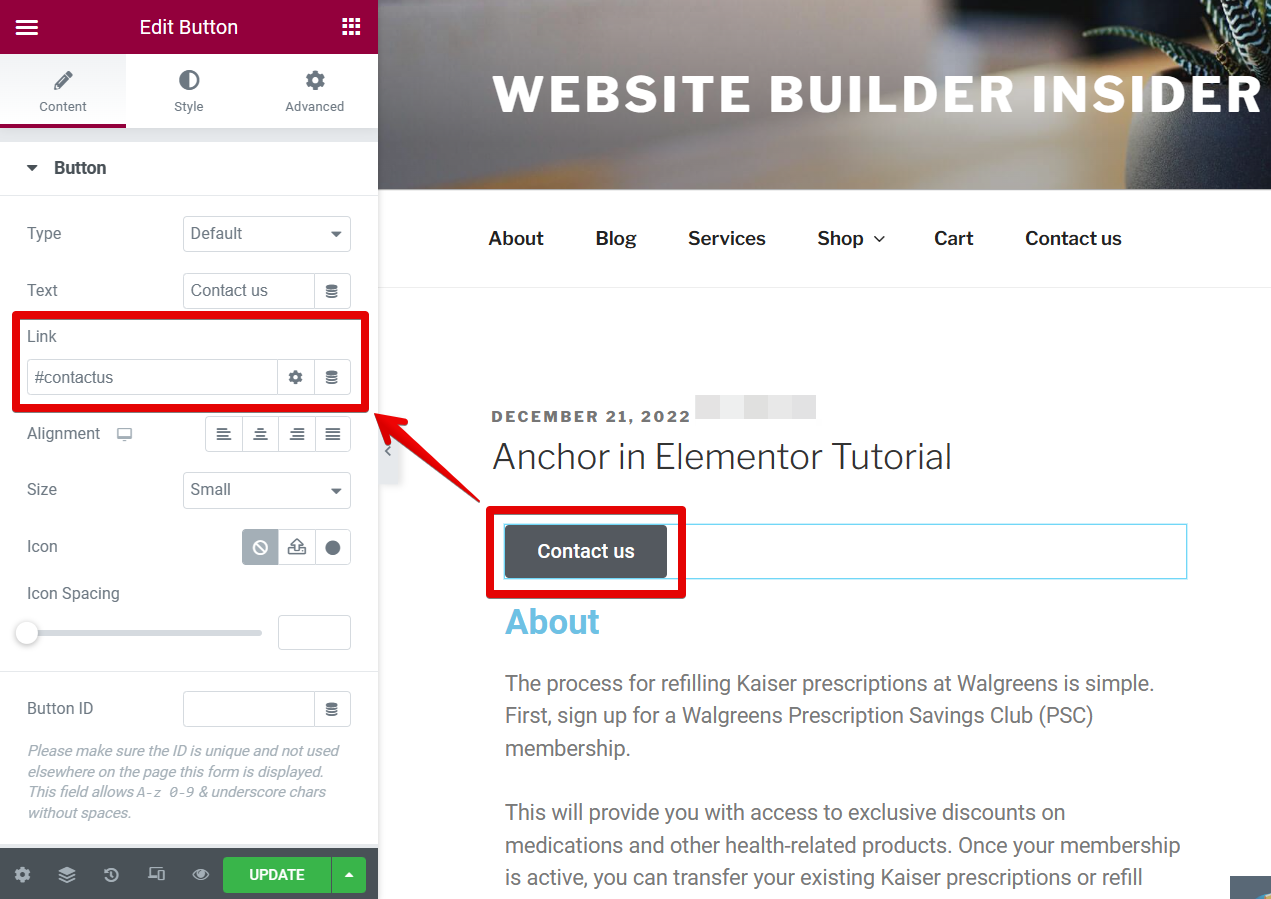
The next step is to add an anchor. To do this, select the “Menu Anchor” widget in the “Elementor” window and drag it above the content that you want to link to the button.
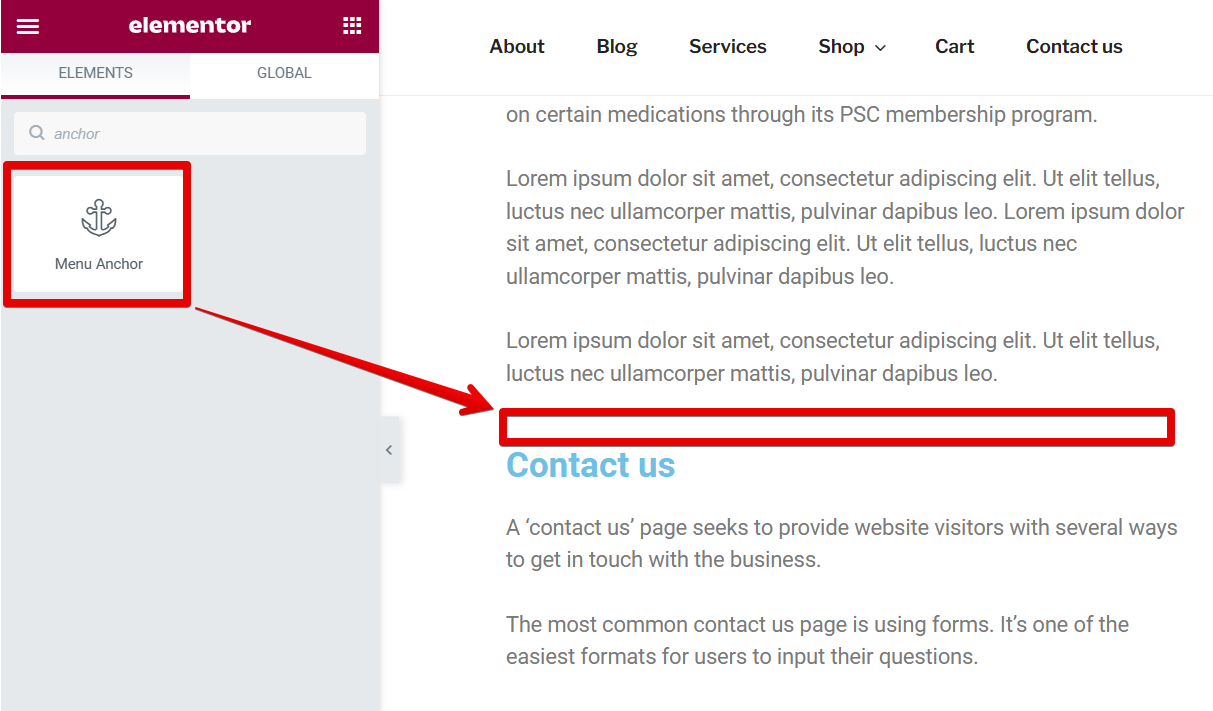
In the “ID of the Menu Anchor” section, input the anchor name that you created earlier.
NOTE: Take note that this is just the button link format without the “#” sign.
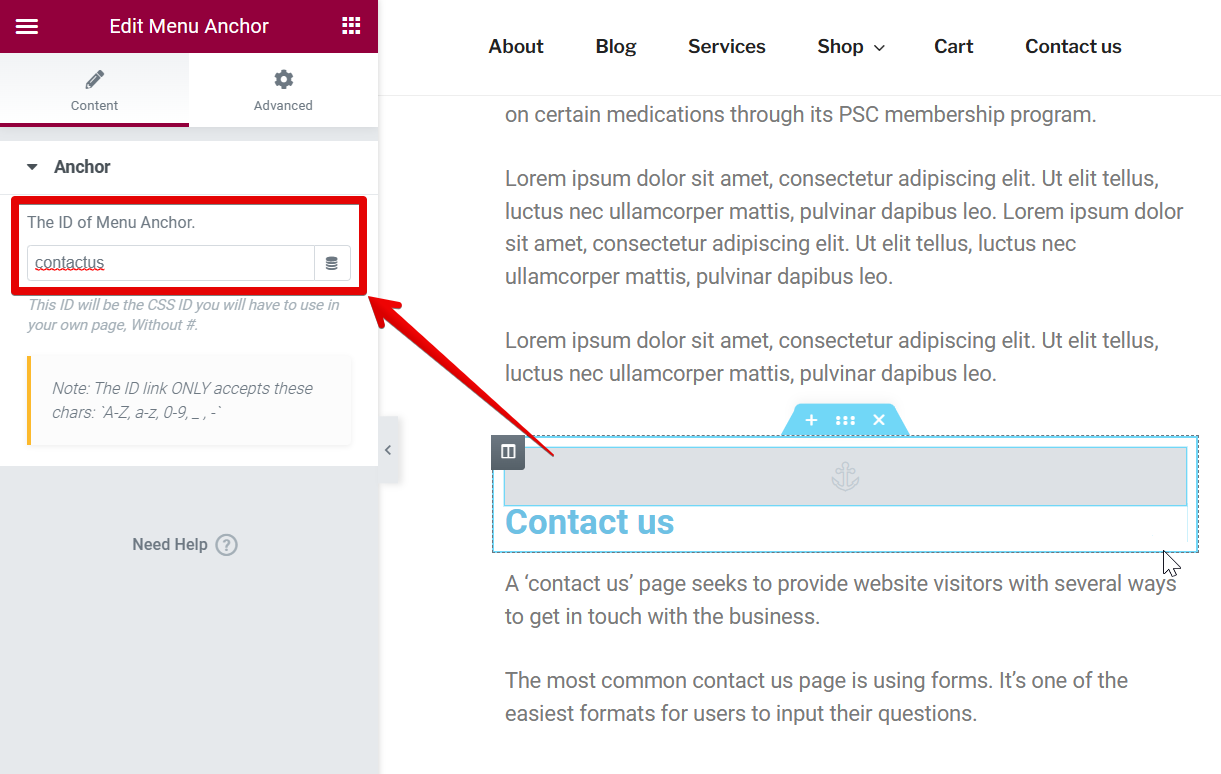
Once done, click on the “Update” button below to save your changes.
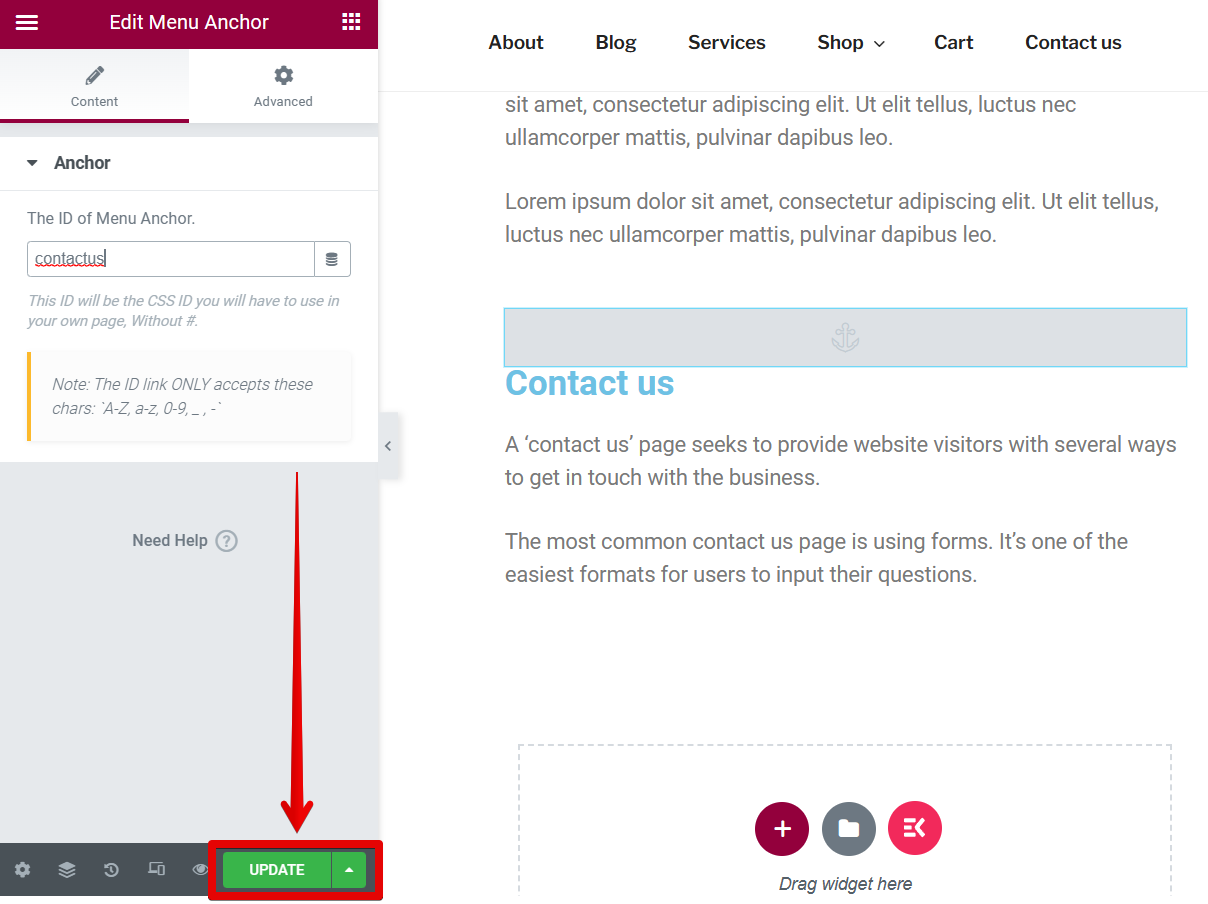
PRO TIP: If you are linking to an anchor in an Elementor, be sure to check that the anchor names between your elements match. Otherwise, the link will not work as expected.
2. Elementor Menu Anchor Linked to the Top Menu.
For the Top Menu, first, open the WordPress Dashboard, and on the left menu, go to Appearance > Menus.
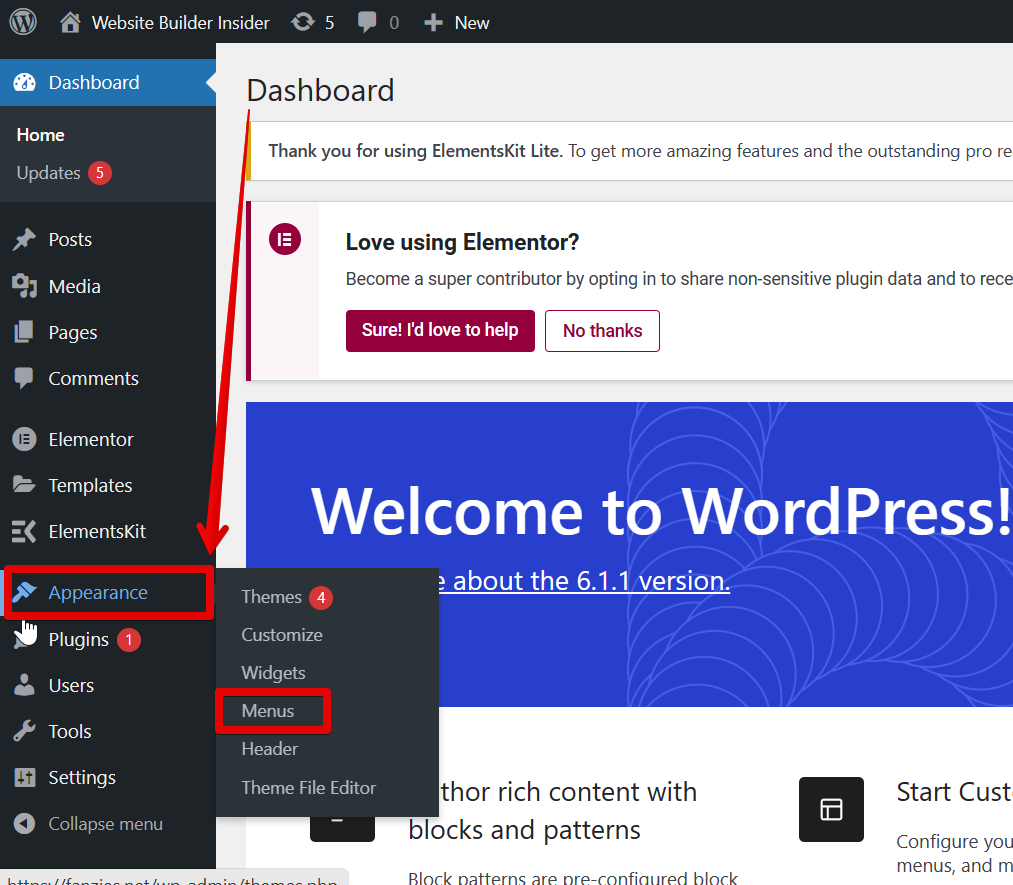
In the “Menu structure” section, select the menu that you want to link to a blog content.
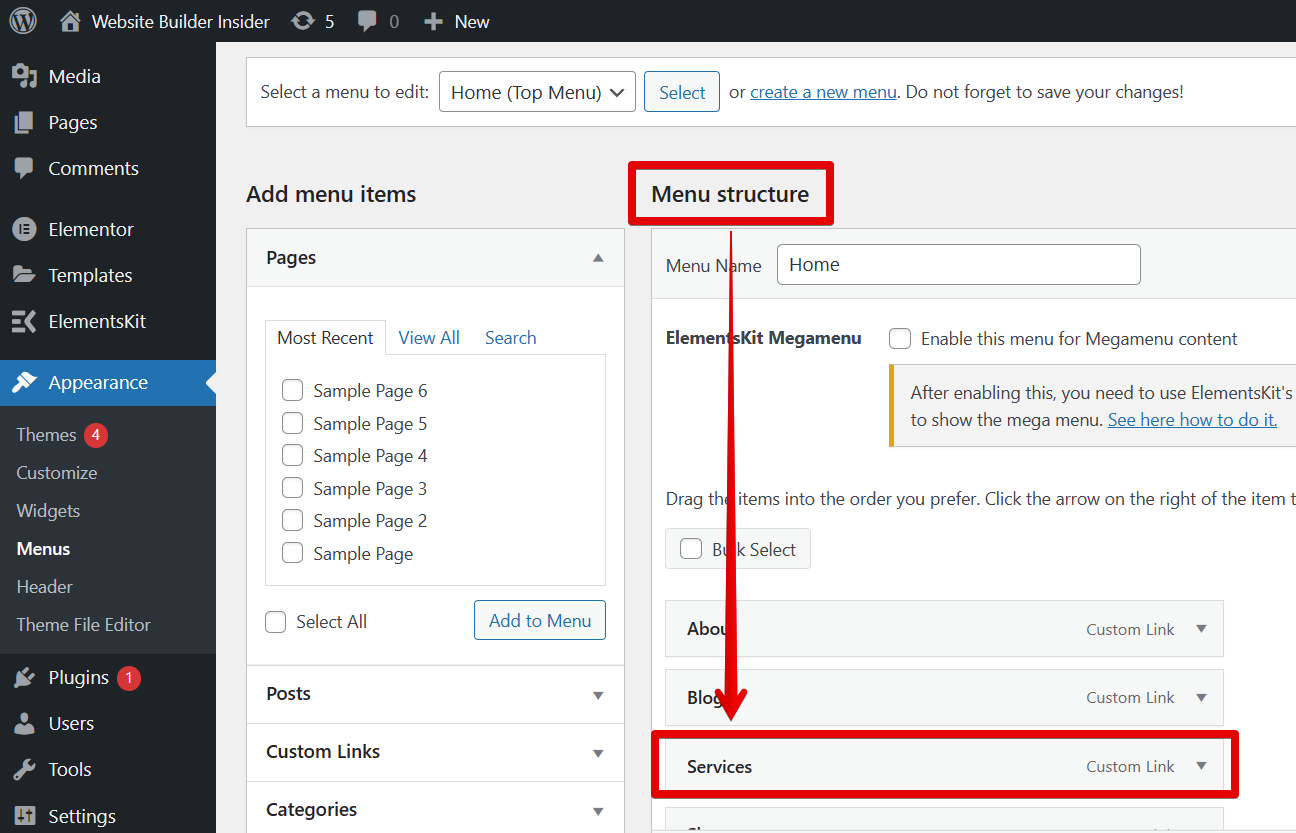
Then, in the drop-down menu that will appear, input a URL with the format, #anchorname.
NOTE: If the URL section is not there, add a new menu with the “Custom Link” option.
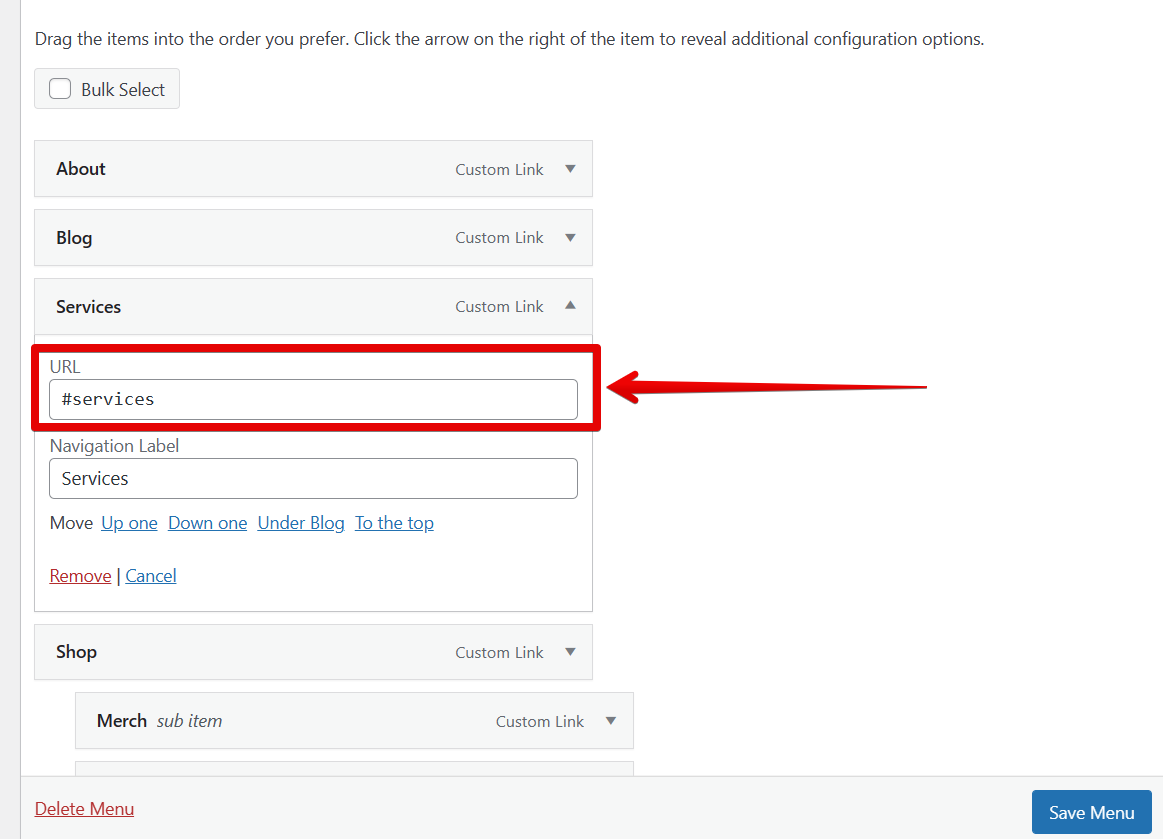
Once done, click on the “Save Menu” button below.
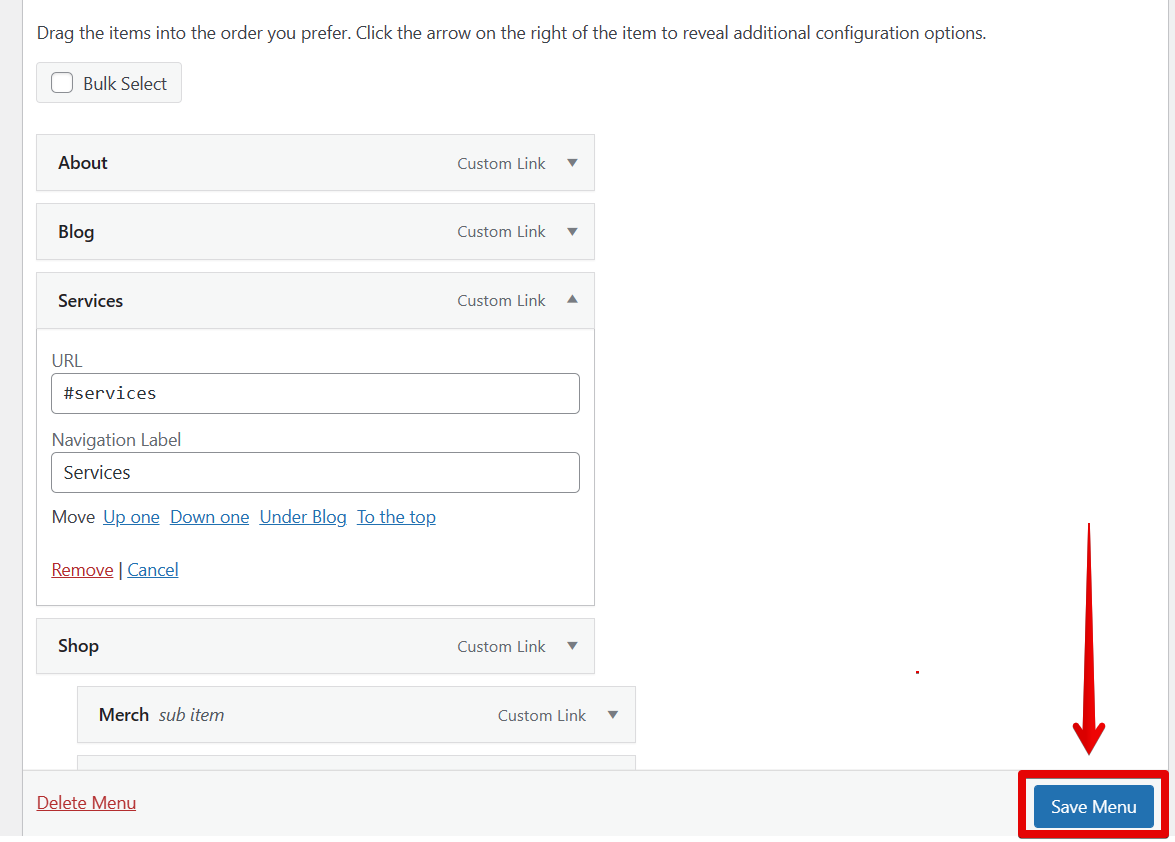
Now, go back to the page with the blog content to be linked. In the Elementor editor, select the “Menu Anchor” widget and drag it above the blog post that you want to link with the menu.
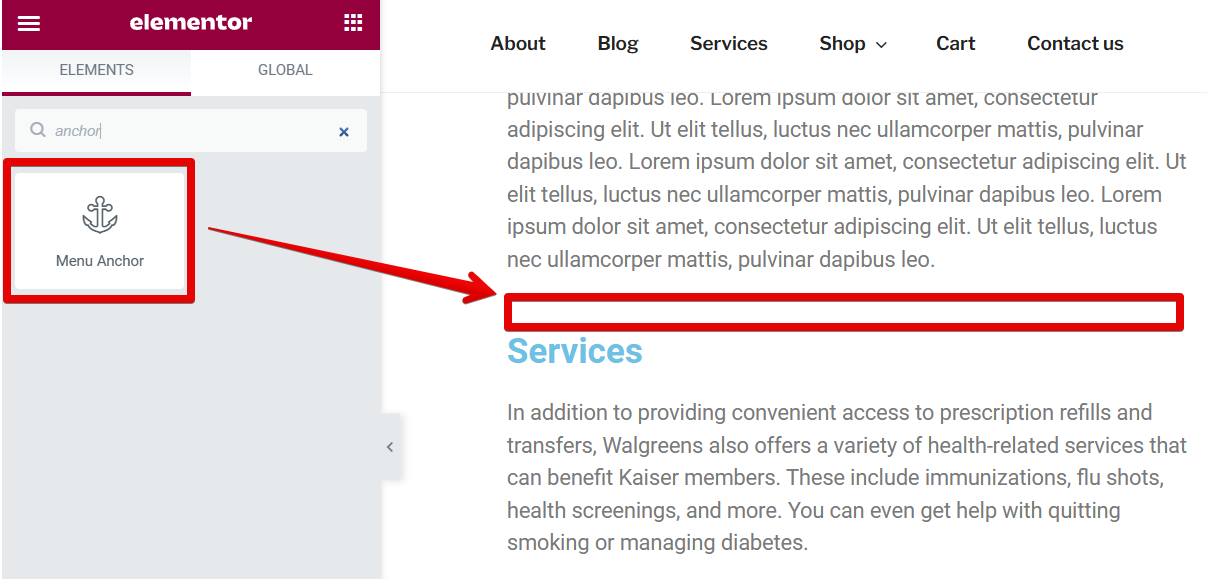
Input the anchor name that you created earlier in the “Menu structure” to the “ID of the Menu Anchor” section on the left.
NOTE: Again, note that this is the URL format without the “#” sign.
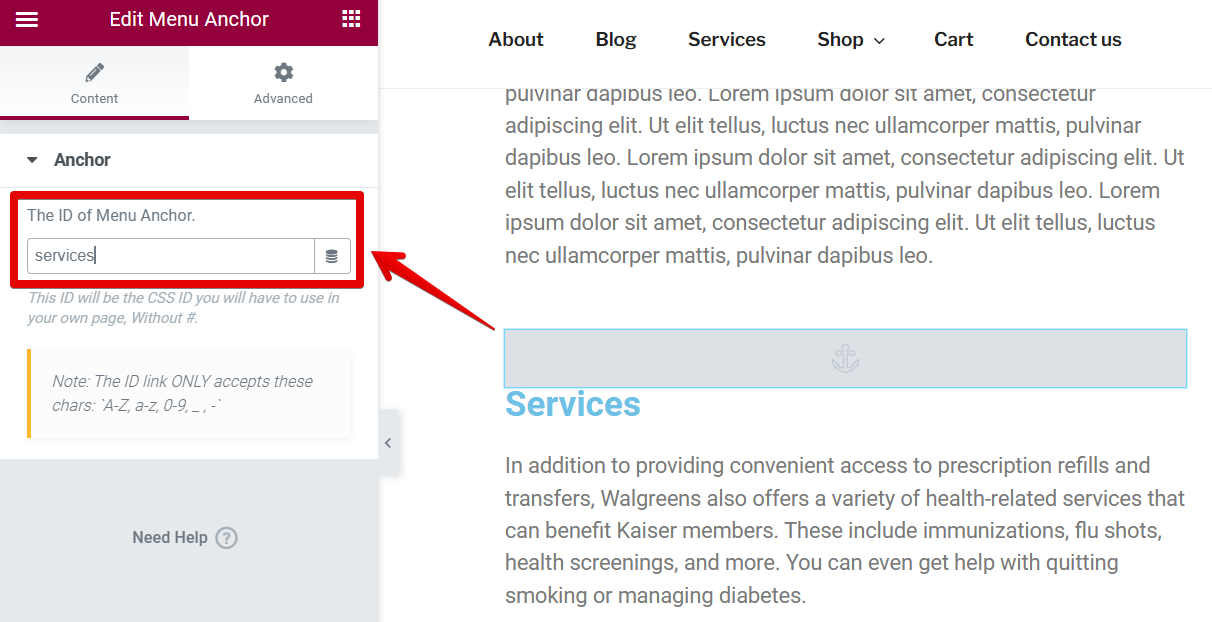
Once done, hit on “Update” to save your changes.
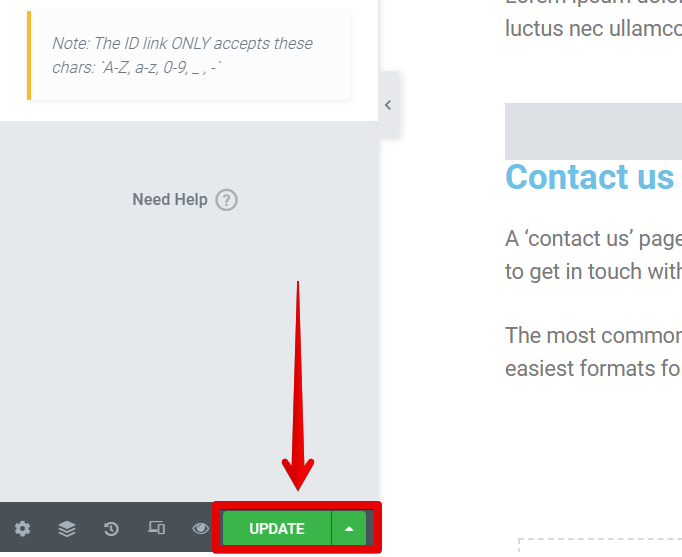
You can also preview the changes made by clicking on the “eye” icon beside the “Update” button.
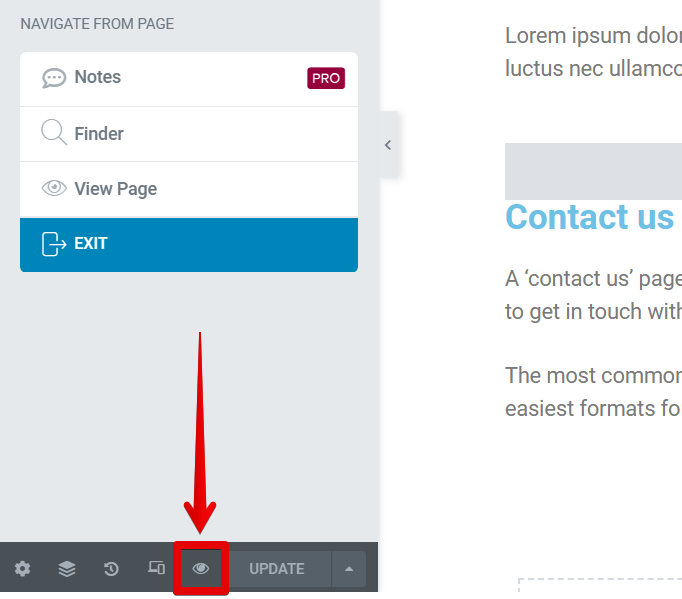
9 Related Question Answers Found
Anchor links are an easy way to add a clickable link to any Elementor content. To add an anchor link, follow these steps:
1. Click on the Elementor toolbar and select the “Anchor Links” tab.
2.
If you want to connect to Elementor library, you need to do the following:
1. Go to the Elementor website and sign in.
2. Click on “Account” in the top menu.
3.
An anchor is a term used in web design to describe a specific element on a web page that can be used as a guide for positioning other elements. In web design, an anchor can be a specific text or image tag, or a specific link. Anchors can be used to keep a web page organized and to ensure that pages load quickly.
Adding MailChimp to Elementor is simple. Simply go to the “Tools” menu and select “MailChimp”. You will be prompted to sign in or create an account.
If you are looking for a way to improve your website design, you may want to consider using Elementor. Elementor offers a wide range of tools to help you with your project, from templates to drag and drop tools. If you have any questions about Elementor or need help getting started, you can contact the company through their website or by phone.
Adding a social media feed to Elementor is relatively straightforward. First, open the Elementor menu and select “Settings.” From here, click on “Social.” You’ll be presented with a list of your social media accounts. Simply select the account you want to include and click on “Add.
” Once you’ve added the account, you’ll be able to see all of its posts in Elementor.
If you want to show text around an image in Elementor, you can do so by using the HTML tag and the CSS class “rounded-corners”. Here’s an example:
<img class="rounded-corners" src="images/logo.png" />
You can also use the Elementor <img /> tag’s alt attribute to set a text description for the image.png” alt=”My Company’s Logo”
Finally, you can also use the <img /> tag’s width and height attributes to set the dimensions of the image.png” width=”100″ height=”100″.
LifterLMS is a content management system (CMS) that is used to create, manage, and publish content online. It is available in a free and paid version. Elementor is a content management system that helps businesses to create and publish websites.
Adding a search bar to Elementor can be a relatively painless process. Once you have added the search bar component to your project, you will need to configure it. To do this, open the search bar component’s settings panel and click on the “Configure” button.













